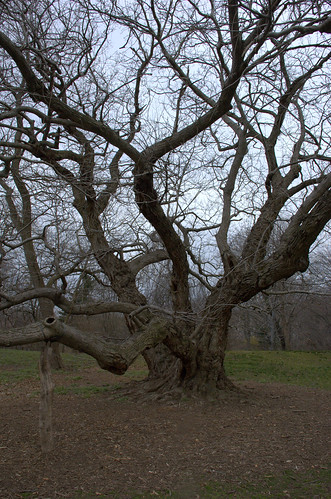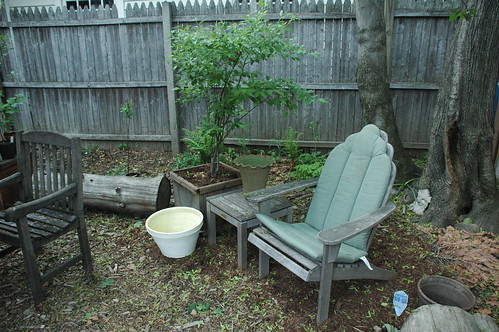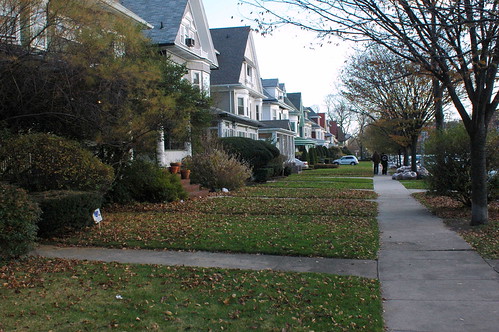I’ve never seen or heard the word “Bloglyn” before this:
In the past year, the word Bloglyn has been cropping up a lot, a reflection of the fact that Brooklyn, particularly brownstone Brooklyn, has emerged as possibly the center of the placeblog world. Web forums serve as virtual town hall meetings (complete with hecklers), and bloggers peer with equal interest at controversial development projects, restaurant openings and the most minute of neighborhood minutiae.
– Cracker-Barrel 2.0
Most of the article is about Louise Crawford, Only the Blog Knows Brooklyn, and the Blogfest back in May. In addition to other heavy hitters, the article mentions a couple of specific neighborhood blogs. There is only the briefest mention of the Blogade, and not by name:
… as the newest members of the community introduced themselves [at the Blogfest new blogger shoutout], there was a conspicuous lack of representation from less gentrified neighborhoods. No Brownsville. No East New York. No Canarsie. To remedy this, several bloggers, including Ms. Crawford, have organized a series of blogger socials, the first of which took place last month in Flatbush, to encourage networking and, as she put it, to “take the show on the road” to underblogged neighborhoods.
And the next of which will be in Greenpoint on July 22, which the article omits. Nor did the article include any of the hundreds of photographs taken by the Times photographer at the Flatbush Blogade event.
I wasn’t interviewed for the article. I provided some info by email on myself and my blog. Flatbush Gardener is listed as one of eleven in a sidebar of “a few but by no means all of the Brooklyn blogs.” I have 137 listings in the “Brooklyn” category of my Bloglines feeds, so no, by no means all.





